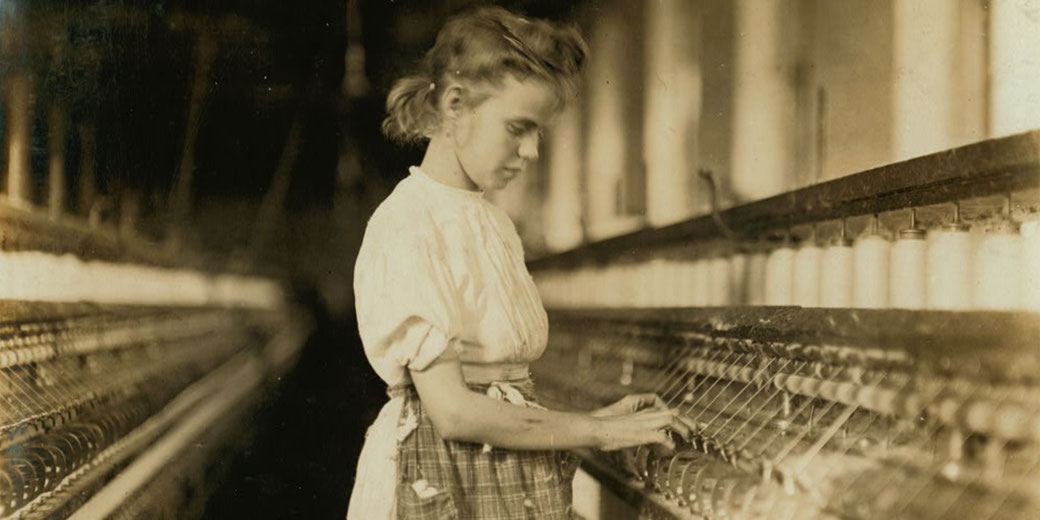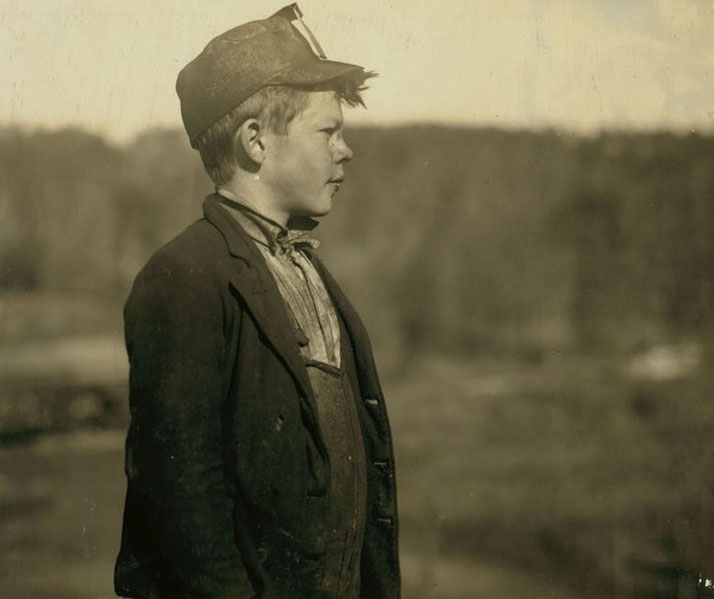The cruel reality for children during the Industrial Revolution

In the early days of the Industrial Revolution, child labour was common in factories. Young children were often forced to work long hours in dangerous conditions for little or no pay.
This was because factory owners believed that children were cheap and expendable, and that they could get away with paying them less than adults.
In this article, we will explore the issue of child workers in the Industrial Revolution and discuss why it was so prevalent during that time period.
What type of jobs did child labor have in the Industrial Revolution?
The Industrial Revolution was a time of great change in Britain. New technologies and factories were being developed, and this led to a boom in the manufacturing industry.
Factory owners were looking for workers who could operate the new machines, and they turned to children because they were small and nimble enough to do so.
In addition, children were much cheaper to hire than adults, which made them an attractive option for factory owners.
Many of the children who worked in factories came from poor families who could not afford to support them.
These families often sent their children to work in order to help make ends meet.
Others were orphaned or abandoned and had no one else to care for them.
Factory owners knew that these children were desperate and they exploited them by paying them very low wages.

What happened to children in the factories?
The working conditions in factories were often dangerous and unhealthy. Children worked long hours, sometimes up to 16 hours a day, with few breaks.
They were often exposed to harmful chemicals and fumes, which could lead to serious health problems.
In addition, there was a risk of accidents, as the machines were often poorly maintained.
In some factories, children were responsible for piecing together cloth that had been torn by the machines.
This was a very difficult and dangerous job, as the children had to work quickly, and they were often cut by the machines.
What did children do in the mines?
While most child labourers worked in factories, some were sent to work in the mines.
This was one of the most dangerous jobs during the Industrial Revolution, as there were constant risks of collapse, poisoning, and fire.
Children who worked in the mines often did not live to see their tenth birthday.
Some children were employed in the mines as 'trappers', which meant that they had to open and close the doorways that allowed air to flow into the tunnels.
Others were 'putters', which meant that they pushed carts of coal along the narrow tunnels.
This was a very difficult job, as the tunnels were often wet and slippery.

How children were used as chimney sweeps
Chimney sweeping was another dangerous job that was often carried out by children.
Sweeps had to climb up the narrow chimneys to clean them, and they were at risk of being crushed if the bricks collapsed.
They also breathed in a lot of soot, which could damage their lungs.
Children were considered the only workers suitable for this job as they were small enough to fit into the chimneys.
They often started working when they were just five or six years old, and many of them died before they reached adulthood.
The nasty health impacts work had on children
The use of child workers was a major problem during the Industrial Revolution, as it often led to poor health and even death for the children involved.
Many of them worked long hours in dangerous and unhealthy conditions, which took a toll on their physical and mental health.
In addition, they often did not have enough to eat, which made them susceptible to illness.
Some of the more gruesome injuries that children received while working included lost fingers, severe burns, and crushed limbs.
In the mines, they were also at risk of being killed by falling rocks or being poisoned by gas fumes.
The government did little to protect children from the dangers of child labour.
Factory owners and mine operators were not required to provide safety equipment or make sure that their premises were safe.
Despite the risks, many families continued to use child labour as they could not afford to send their children to school or pay for their food and lodging.
In some cases, children were even sold into employment in order to pay off debts.
The 1833 Factory act and how reformers helped children
The working conditions for child labourers were extremely poor, and many people spoke out against it.
One of the most well-known was Lord Shaftesbury, who advocated for the Factory Act of 1833 in the UK.
These reformers argued that children should not have to work in such dangerous and unhealthy conditions.
They also believed that education was important, and that children should be given the opportunity to go to school instead of working.
A previous act had been enacted in the UK, the Factory Act of 1819, but it wasn't enforced and was aimed specifically at cotton mills.
After a long campaign by reformers, the 1833 legislation made it illegal for children under the age of nine to work in factories, and restricted the hours that older children could work.
While the 1833 Factory Act did set some regulations for child labor, it didn't completely abolish child labor.
It was not until the 1870s, with the introduction of compulsory education laws, that the use of child labor in Britain started to decline significantly.
Even then, it took many more years for child labor to be eradicated.
Child labour in the modern world
Many people are surprised to learn that the issue of child labour is still relevant today.
Unfortunately, there are still many children around the world who are forced to work in factories and other hazardous conditions.
We need to continue to fight for the rights of these children and ensure that they are given a childhood instead of being exploited for labour.
Further reading
What do you need help with?
Download ready-to-use digital learning resources
Copyright © History Skills 2014-2025.
Contact via email
With the exception of links to external sites, some historical sources and extracts from specific publications, all content on this website is copyrighted by History Skills. This content may not be copied, republished or redistributed without written permission from the website creator. Please use the Contact page to obtain relevant permission.





